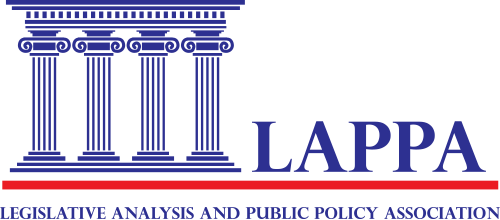Substance Use During Pregnancy and Child Abuse or Neglect: Summary of State Laws
In this document, the Legislative Analysis and Public Policy Association (LAPPA) examines state-level statutes and regulations related to substance use during pregnancy and whether such use during pregnancy is considered child abuse or neglect in the jurisdiction. ...










